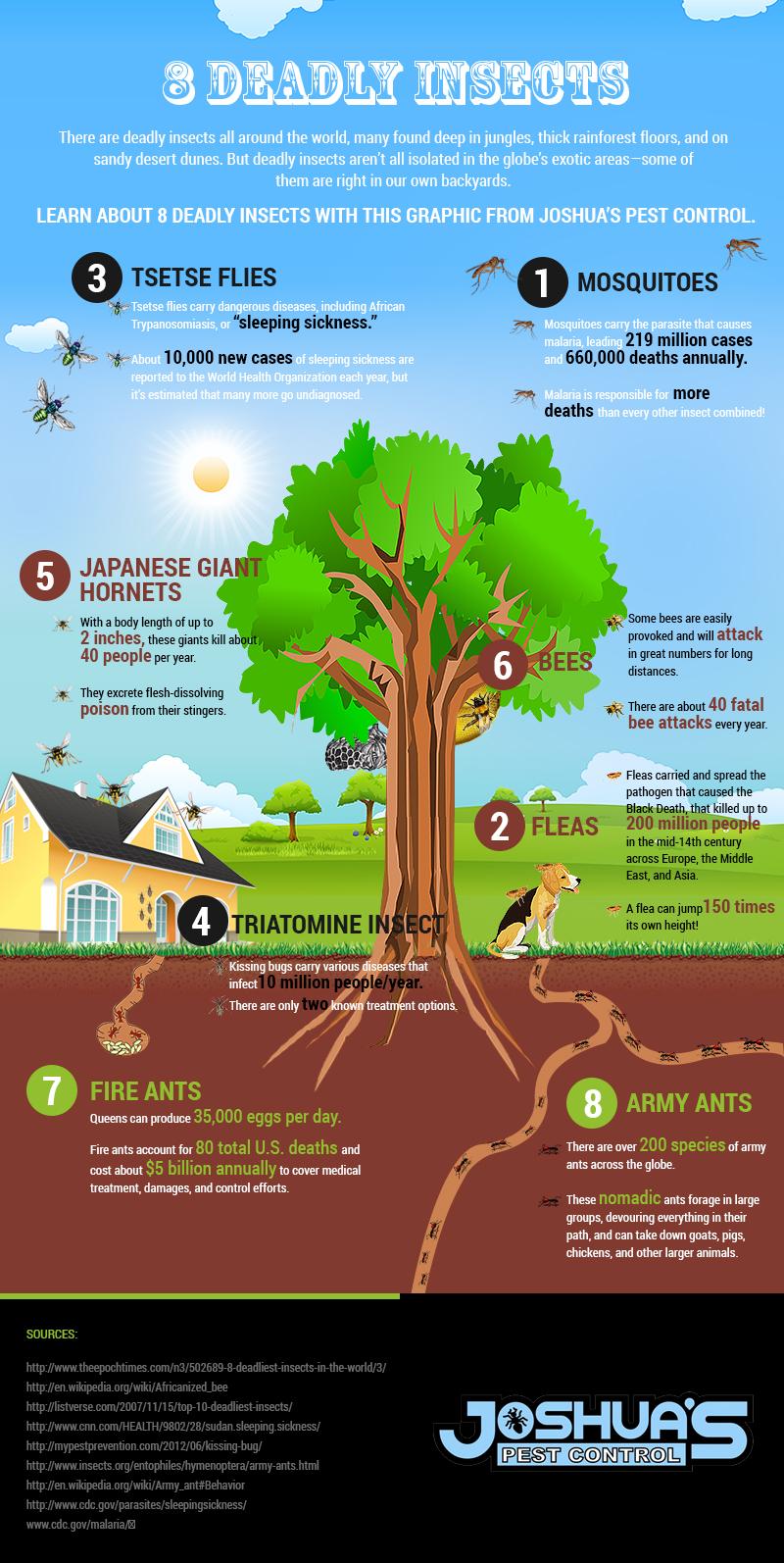Rodent-Proofing Your Attic: Essential Tips For Homeowners
Rodent-Proofing Your Attic: Essential Tips For Homeowners
Blog Article
Web Content Writer-Karlsen Park
Imagine your attic room as a comfy Airbnb for rodents, with insulation as cosy as resort pillows and wiring a lot more luring than space solution. Now, visualize these unwanted visitors throwing a wild celebration in your home while you're away. As hop over to these guys , ensuring your attic is rodent-proof is not almost satisfaction; it has to do with shielding your home and loved ones. So, what straightforward actions can you take to safeguard your sanctuary from these hairy trespassers?
Evaluate for Access Information
To start rodent-proofing your attic, inspect for entrance factors. Begin by thoroughly examining the outside of your home, seeking any openings that rats can utilize to gain access to your attic. Look for voids around energy lines, vents, and pipes, along with any fractures or openings in the foundation or exterior siding. See to it to pay very close attention to areas where various building products satisfy, as these are common access factors for rodents.
Furthermore, check the roof covering for any kind of damaged or missing out on shingles, as well as any voids around the edges where rats could squeeze via. Inside the attic, seek signs of existing rodent activity such as droppings, chewed cables, or nesting products. Make spider removal of a flashlight to completely examine dark edges and hidden spaces.
Seal Cracks and Gaps
Examine your attic extensively for any kind of cracks and spaces that require to be sealed to prevent rats from entering. Rats can squeeze via even the smallest openings, so it's important to seal any type of possible entry factors. Check around pipes, vents, cords, and where the walls fulfill the roofing. Use a combination of steel wool and caulking to seal these openings properly. Steel woollen is an excellent deterrent as rats can't eat with it. Ensure that Suggested Reading are securely secured to deny accessibility to undesirable bugs.
Don't overlook the importance of securing gaps around windows and doors as well. rat control stripping or door sweeps to secure these locations effectively. Evaluate the areas where utility lines go into the attic room and secure them off utilizing an ideal sealant. By putting in the time to secure all splits and spaces in your attic room, you create an obstacle that rodents will discover challenging to violation. Avoidance is key in rodent-proofing your attic room, so be thorough in your efforts to seal any type of prospective entrance factors.
Eliminate Food Resources
Take aggressive procedures to eliminate or keep all prospective food sources in your attic room to prevent rats from infesting the space. Rats are brought in to food, so eliminating their food resources is crucial in keeping them out of your attic room.
Right here's what you can do:
1. ** Shop food safely **: Stay clear of leaving any type of food items in the attic room. Shop all food in airtight containers made of steel or heavy-duty plastic to stop rats from accessing them.
2. ** Tidy up debris **: Eliminate any kind of stacks of debris, such as old papers, cardboard boxes, or wood scraps, that rats could utilize as nesting material or food resources. Keep the attic clutter-free to make it less appealing to rodents.
3. ** Dispose of trash correctly **: If you use your attic for storage space and have garbage or waste up there, see to it to dispose of it routinely and properly. Decaying garbage can attract rats, so maintain the attic tidy and without any kind of natural waste.
Conclusion
In conclusion, bear in mind that an ounce of prevention is worth a pound of cure when it comes to rodent-proofing your attic.
By taking the time to evaluate for entrance factors, seal splits and gaps, and eliminate food sources, you can keep undesirable bugs at bay.
Keep in mind, 'An ounce of avoidance deserves a pound of cure' - Benjamin Franklin.
Stay proactive and safeguard your home from rodent problems.
